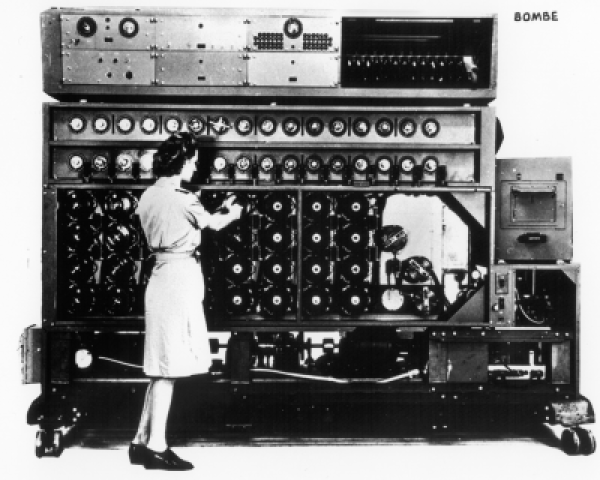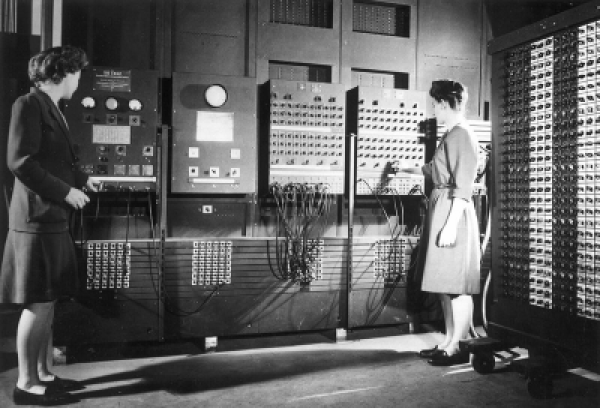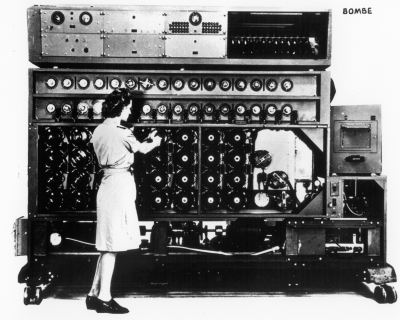Long before there were computers that could fit in your pocket – or your living room, for that matter – complex mathematical problems were solved by hand, in a long, tedious, and focus-intensive process of solving, re-solving, checking, then double checking. Mathematicians had their work cut out for them. Difficult problems could take weeks or months to finish, and many of them could never be finished – not with a human alone.
In the twentieth century, mathematics and science received the greatest boon to technological advancement in human history: the computer, a machine that could tirelessly crunch numbers at the fraction of the time of their human counterparts. These first computers, however, were large, unwieldy, mechanical beasts that required constant input and fact-checking from their operators to be effective. Women rose to the challenge, armed with mathematics and physics degrees, and programming was born.
Fittingly, too – nearly a century earlier, the British noblewoman/scholar/mathematician Ada Lovelace created the first algorithm to be operated on the Analytical Engine, a device invented by the engineer Charles Babbage. Though the Analytical Engine was never completed, it theoretically had all of the makings of a modern computer, and would be used as a model for twentieth-century computers.

These first programmers operated their machines with either punch cards, sheets of paper which the computer could “read,” or by manipulating wires on a switchboard. Such complex computers had been invented just in time for World War II, and many of the women who took up programming were hired by militaries to operate their computers – with jobs that varied from cracking enemy codes, to finding firing solutions for artillery.
One group of women was chosen to operate the Harvard Mark I, a revolutionary 4500kg (10,000lb) machine operated with punch cards, designed to perform the sort of tasks that Ada Lovelace and Charles Babbage had envisioned for the Analytical Engine. The computer was invented by Howard Aiken, with the assistance of Grace Hopper, who is now regarded as an eminent figure in the development of programming. Their task: to uncover the secrets of creating a nuclear fission weapon, the Atom Bomb, hidden in the many formulas discerned by the physicists and engineers of the Manhattan Project.

But the work didn’t end with the war; in peacetime, programmers were picked up by private companies looking to improve and market computers. Indeed, the first fully digital computers were programmed primarily by women, and with the invention of the first programming language by Grace Hopper and her colleagues, computers became more accessible than anyone could have ever dreamed – except, perhaps, for Ada Lovelace.
Hi! My name is Ty Goolsby. I love science and human spirit, and I really love to write and share stories of both. If you’re interested in the science behind every day phenomena, or the stories behind the science, check out my blog at captainscienceside.tumblr.com!
–Please make note of The Mary Sue’s general comment policy.–
Do you follow The Mary Sue on Twitter, Facebook, Tumblr, Pinterest, & Google +?








